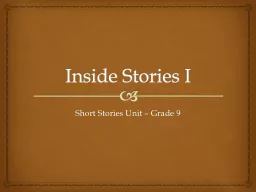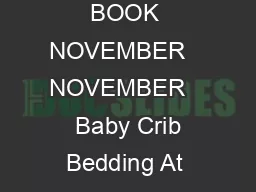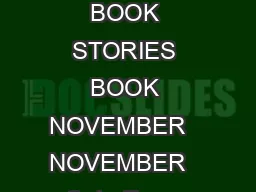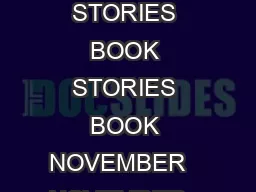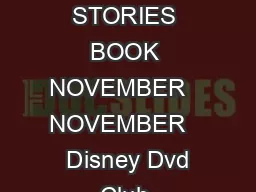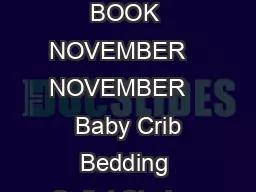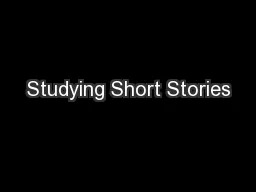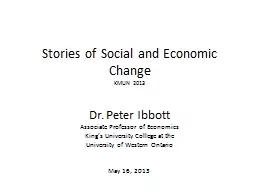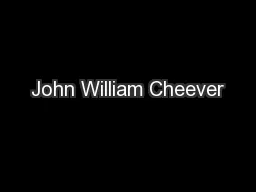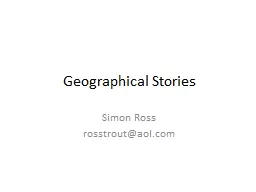PPT-Inside Stories
Author : olivia-moreira | Published Date : 2016-04-26
I Short Stories Unit Grade 9 The plot is the sequence of events in a story It has a beginning middle and end Short stories usually only have one plot so they
Presentation Embed Code
Download Presentation
Download Presentation The PPT/PDF document "Inside Stories" is the property of its rightful owner. Permission is granted to download and print the materials on this website for personal, non-commercial use only, and to display it on your personal computer provided you do not modify the materials and that you retain all copyright notices contained in the materials. By downloading content from our website, you accept the terms of this agreement.
Inside Stories: Transcript
Download Rules Of Document
"Inside Stories"The content belongs to its owner. You may download and print it for personal use, without modification, and keep all copyright notices. By downloading, you agree to these terms.
Related Documents

